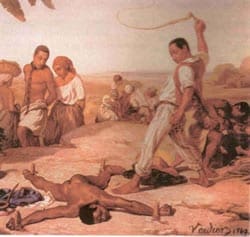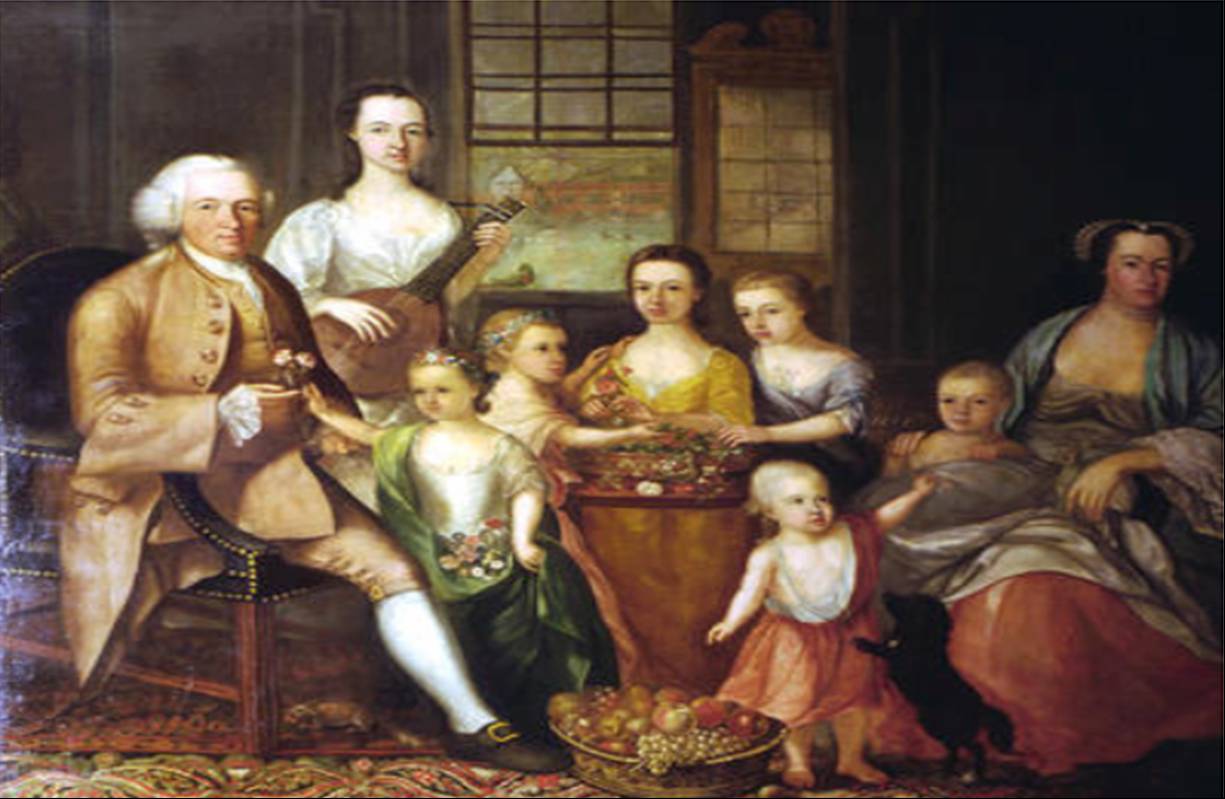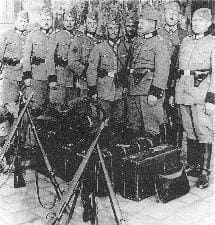
Most of you will have a fairly clear idea of what it means to ‘get better’ at history, and will have adjusted your schemes of work to ensure that the learning objectives show clear signs of increasing challenge. Indeed, many departments have now developed their own ‘progression maps’ charting the approximate order in which objectives will be introduced. As long as this acknowledges that you will need to revisit and consolidate key ideas, as well as develop new ones, then it is a sensible approach. We all know that learning in history is not linear, but that doesn’t mean that we can’t try to look at positioning certain benchmarks on the journey. The main pitfall here is using the level descriptions as a basis for planning next steps. In the words of Peter Lee and Dennis Schemilt, we must guard against these descriptors becoming a cage rather than a scaffold.





